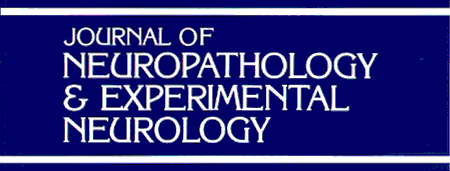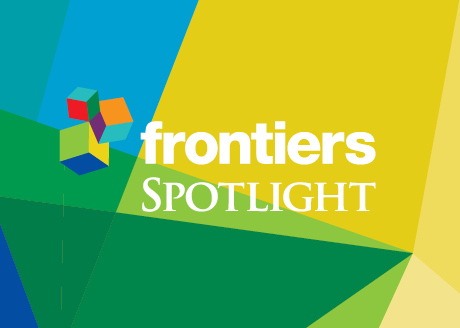“For millennia, there has been interest in the use of cannabis for the treatment of epilepsy.
However, it is only recently that appropriately powered controlled studies have been completed. In this review, we present an update on the research investigating the use of cannabidiol (CBD), a non-psychoactive component of cannabis, in the treatment of epilepsy.
While the anticonvulsant mechanism of action of CBD has not been entirely elucidated, we discuss the most recent data available including its low affinity for the endocannabinoid receptors and possible indirect modulation of these receptors via blocking the breakdown of anandamide.
Additional targets include activation of the transient receptor potential of vanilloid type-1 (TRPV1), antagonist action at GPR55, targeting of abnormal sodium channels, blocking of T-type calcium channels, modulation of adenosine receptors, modulation of voltage-dependent anion selective channel protein (VDAC1), and modulation of tumor necrosis factor alpha release.
We also discuss the most recent studies on various artisanal CBD products conducted in patients with epilepsy in the USA and internationally. While a high percentage of patients in these studies reported improvement in seizures, these studies were either retrospective or conducted via survey. Dosage/preparation of CBD was either unknown or not controlled in the majority of these studies.
Finally, we present data from both open-label expanded access programs (EAPs) and randomized placebo-controlled trials (RCTs) of a highly purified oral preparation of CBD, which was recently approved by the FDA in the treatment of epilepsy.
In the EAPs, there was a significant improvement in seizure frequency seen in a large number of patients with various types of treatment-refractory epilepsy. The RCTs have shown significant seizure reduction compared to placebo in patients with Dravet syndrome and Lennox-Gastaut syndrome. Finally, we describe the available data on adverse effects and drug-drug interactions with highly purified CBD.
While this product is overall well tolerated, the most common side effects are diarrhea and sedation, with sedation being much more common in patients taking concomitant clobazam. There was also an increased incidence of aspartate aminotransferase and alanine aminotransferase elevations while taking CBD, with many of the patients with these abnormalities also taking concomitant valproate. CBD has a clear interaction with clobazam, significantly increasing the levels of its active metabolite N-desmethylclobazam in several studies; this is felt to be due to CBD’s inhibition of CYP2C19. EAP data demonstrate other possible interactions with rufinamide, zonisamide, topiramate, and eslicarbazepine. Additionally, there is one case report demonstrating need for warfarin dose adjustment with concomitant CBD.
Understanding of CBD’s efficacy and safety in the treatment of TRE has expanded significantly in the last few years. Future controlled studies of various ratios of CBD and THC are needed as there could be further therapeutic potential of these compounds for patients with epilepsy.”









